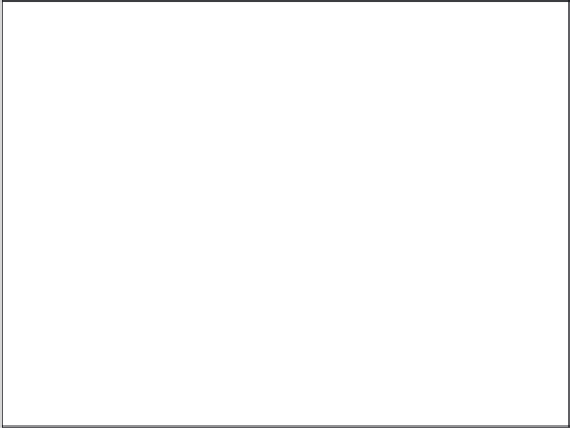Agriculture Reference
In-Depth Information
respectively, when used at a concentration of 0.2% (Elad
et al
., 1990). Working on lily
leaf blight caused by the pathogen
B. elliptica
, Hsieh & Huang (1999) demonstrated that
six fi lm-forming, cationic polyelectrolytes controlled disease under both glasshouse and
fi eld conditions. Some of the most active compounds were found to reduce conidial ger-
mination and inhibit germ tube growth and interestingly, to suppress esterase production
by germ tubes (Hsieh & Huang, 1999). Esterases are thought to be important for infection
by this pathogen (Doss
et al
., 1988) and Hsieh & Huang (1999) observed a signifi cant
correlation between esterase production by germ tubes and lesion number on inoculated
tissue. The authors suggested that the fungicidal activity of the polyelectrolytes was due,
in part, to suppression of esterase production by the fungus.
In a study of the effects of a number of biocompatible products in controlling curcu-
bit powdery mildew caused by the pathogen,
Sphaerotheca fusca
, McGrath & Shishkoff
(1999) found that JMS Stylet-Oil was particularly effective. JMS Stylet-Oil suppressed
powdery mildew on winter squash and muskmelon and increased yield compared with non-
treated plants under fi eld conditions, although it did not provide the degree of full-season
control obtained with a conventional fungicide programme (McGrath & Shishkoff, 1999).
Interestingly, this product was also effective in controlling powdery mildew on grape clus-
ters and leaves (Wilcox & Riegel, 1996, 1997) and powdery mildew on bell pepper (Smith,
1996). Although JMS Stylet-Oil is a medium viscosity mineral oil, whether it forms a fi lm
on plant surfaces and indeed, its precise mode of action, are not yet known.
In a comparison of three different fi lm-forming polymers, Ethokem
®
(ethoxylated tal-
low amine), Bond
®
(synthetic latex) and Vapor Gard, Sutherland & Walters (2002) found
that all the three compounds provided signifi cant control of powdery mildew infection
on barley under controlled conditions (Figure 12.2). In this work, Bond and Vapor Gard
50
45
40
35
30
25
20
15
10
5
0
Control
Ethokem, 0.1%
Bond, 3%
Vapor Gard, 3%
Figure 12.2
Effects of Ethokem, Bond and Vapor Gard on powdery mildew infection of barley. All
treatments are signifi cantly different from the untreated control at
P
< 0.01. Data taken from Sutherland
& Walters (2002), with kind permission of Springer Science and Business Media.



